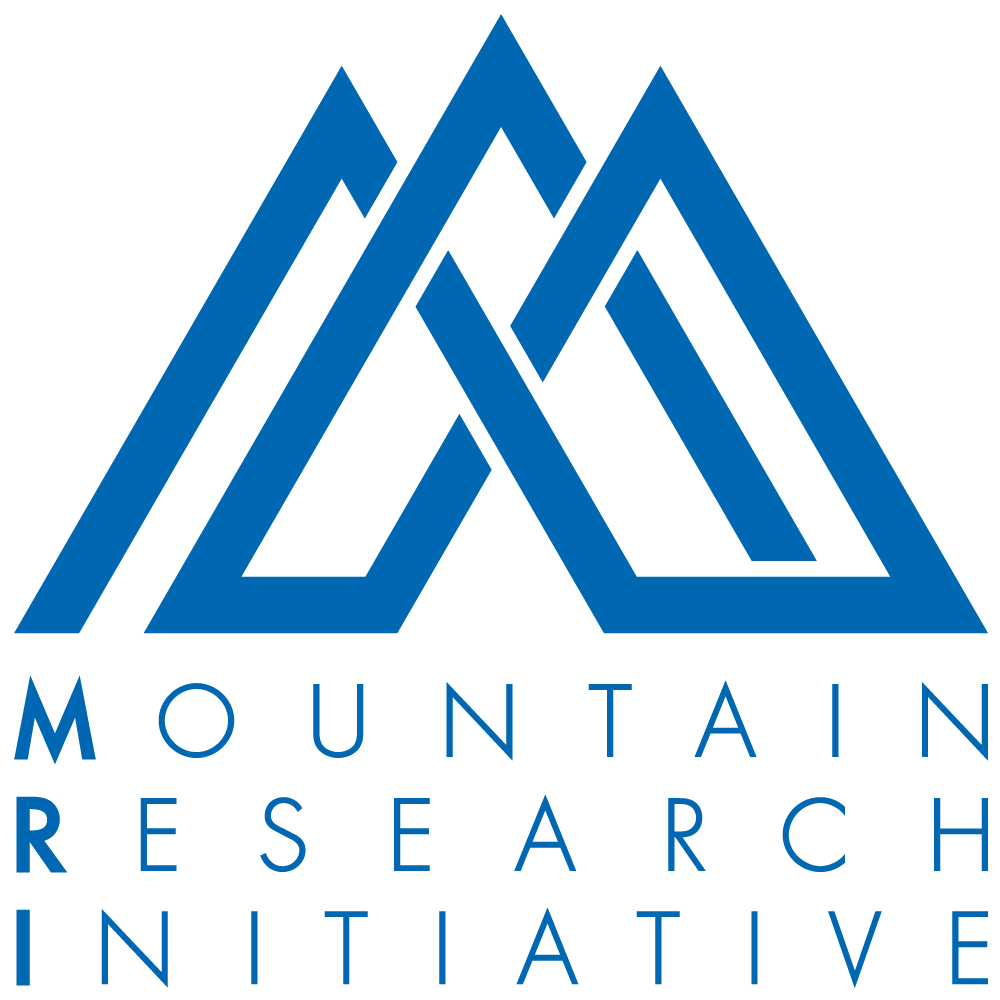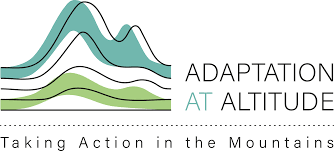The 2030 Agenda for Sustainable Development provides a shared blueprint for peace and prosperity for people and the planet. At its heart are the 17 Sustainable Development Goals (SDGs), among them SDG 15 Life on Land, which includes indicator 15.4.2 – the Mountain Green Cover Index (MGCI). In 2021, as the UN agency custodian for the MGCI, the Food and Agriculture Organization of the United Nations (FAO) set up a Taskforce for the review of the MGCI. The Taskforce convenes key member countries and stakeholders to provide technical advice, and includes the GEO Mountains community.
The SDG Indicator 15.4.2 - Mountain Green Cover Index (MGCI) is one of the two indicators under SDG Target 15.4, which aims to 'ensure the conservation of mountain ecosystems, including their biodiversity, to enhance their capacity to provide benefits which are essential for sustainable development'. The MGCI measures changes in the area of green cover in mountain areas. These changes are reported as the change of the proportion of the area covered by four land cover/land use classes (forest, grassland, croplands and wetlands) over time. This figure is expressed as a percentage of the total mountain area and is disaggregated by mountain and land cover and land use classes, following the UNEP-WCMC and IPCC classifications, respectively. The MGCI is based on the assumption that green cover is directly correlated with the health state of mountain ecosystems. Further information on the methodology of the existing version of the MGCI can be found in the SDG Indicator 15.4.2 metadata.
Although the MGCI has successfully allowed the monitoring of mountain green cover in a consistent manner over time, several countries have recently raised concerns about its currently limited capacity to effectively monitor progress towards SDG Target 15.4. A 2020 refinement of the indicator, as presented by FAO to the Inter-agency and Expert Group on SDG Indicators (IAEG-SDG), addressed some of these, while other limitations were identified for further refinement going forwards.
In this context, FAO has set up technical taskforce whose terms include working towards the following objectives:
1. Review and reach a consensus on the main limitations of SDG Indicator 15.4.2 to adequately monitor progress towards SDG Target 15.4 globally.
2. Propose a set of recommendations to modify the indicator in order to address the limitations described in the point above, taking into account existing related efforts under other UN-led processes.
3. Test the proposed new method to ensure that the adjustments proposed in the point above effectively address the limitations identified under Objective 1.
The Taskforce is convened and coordinated by the Forest Resources Assessment (FRA) at FAO, with taskforce participants including government agencies of a representative set of countries – both in terms of technical capacity and geographically – having a significant mountain area, as well as international organizations with expertise on mountain ecosystems, among them UN Environment Programme World Conservation Monitoring Centre (UNEP-WCMC), GEO Mountains – Mountain Research Initiative (MRI), the International Centre for Integrated Mountain Development (ICIMOD), and FAO.
The first meeting of the taskforce took place online on 22 July 2021, and a follow-up was held in January 2022. An elaborated version of the proposal for refining SDG Indicator 15.4.2 is under development, with the final proposal expected towards mid-2022.
For more information, and find out how to get involved in support of this taskforce, please contact us at GEO Mountains: geomountains@mountainresearchinitiative.org

Cover image by Pixabay user Tama66.








